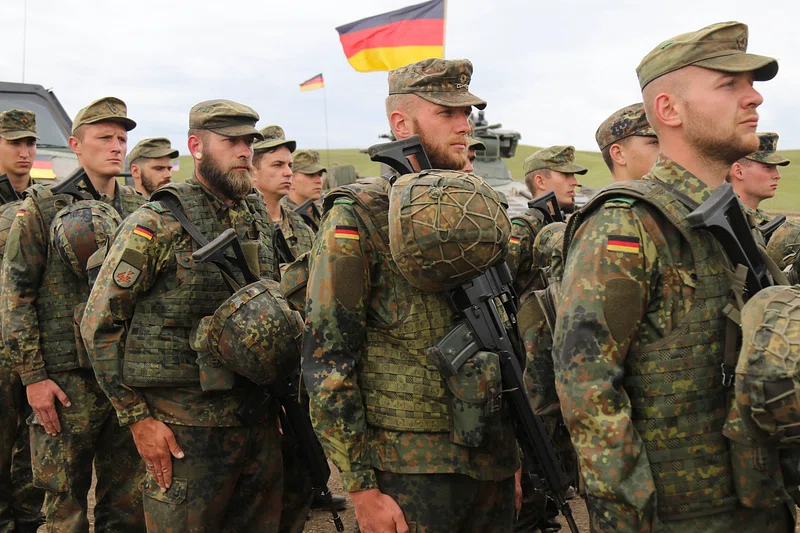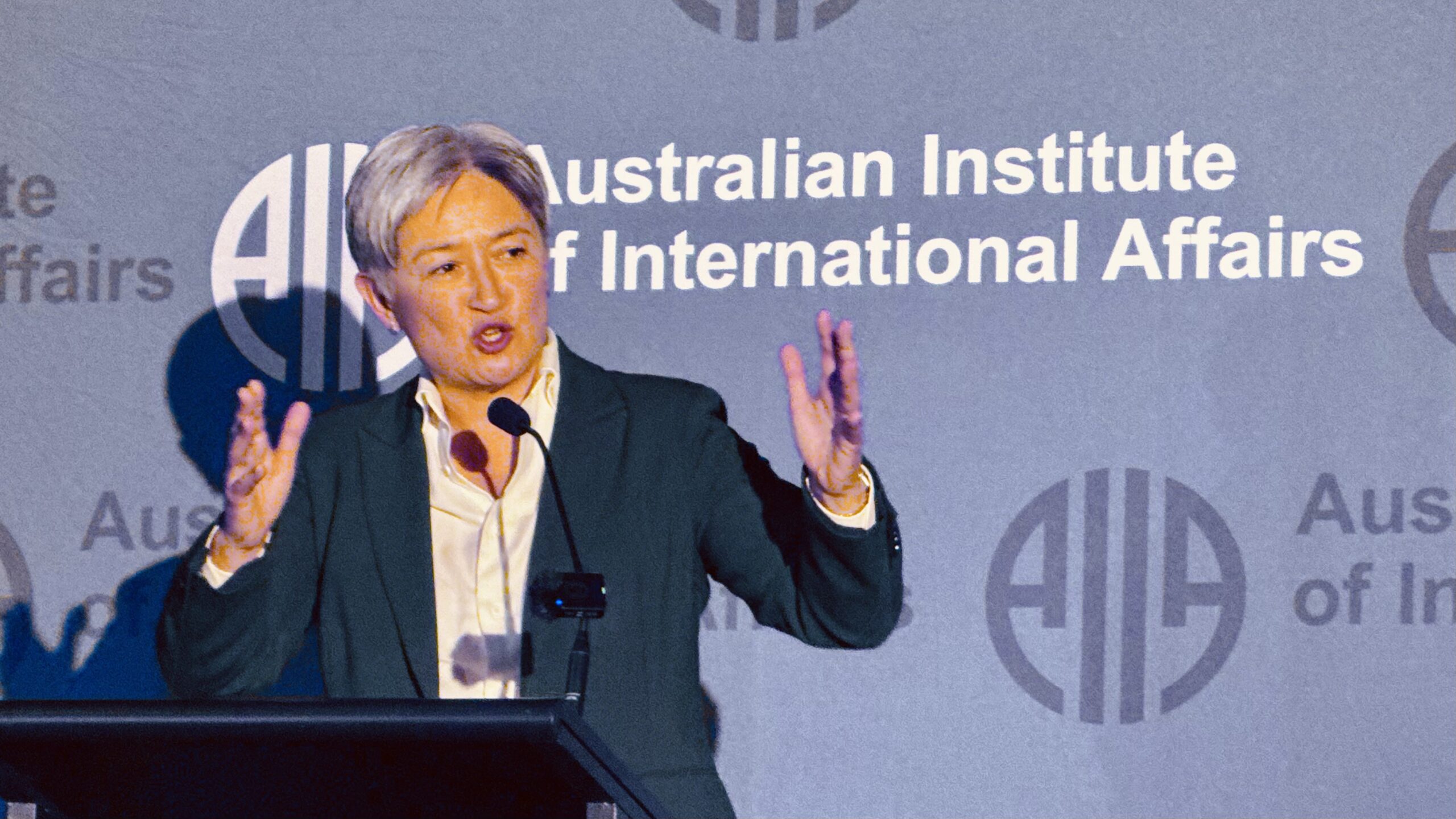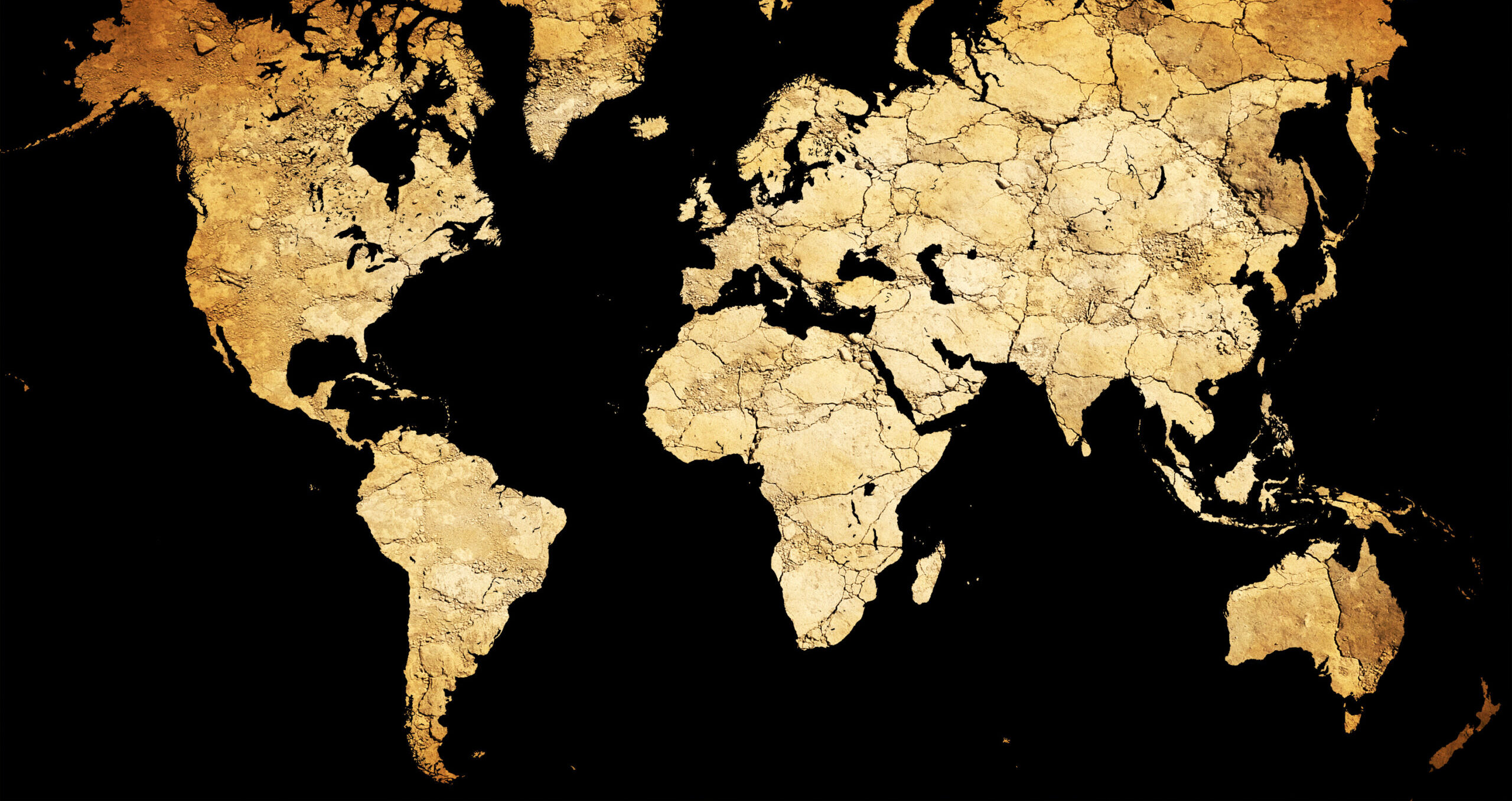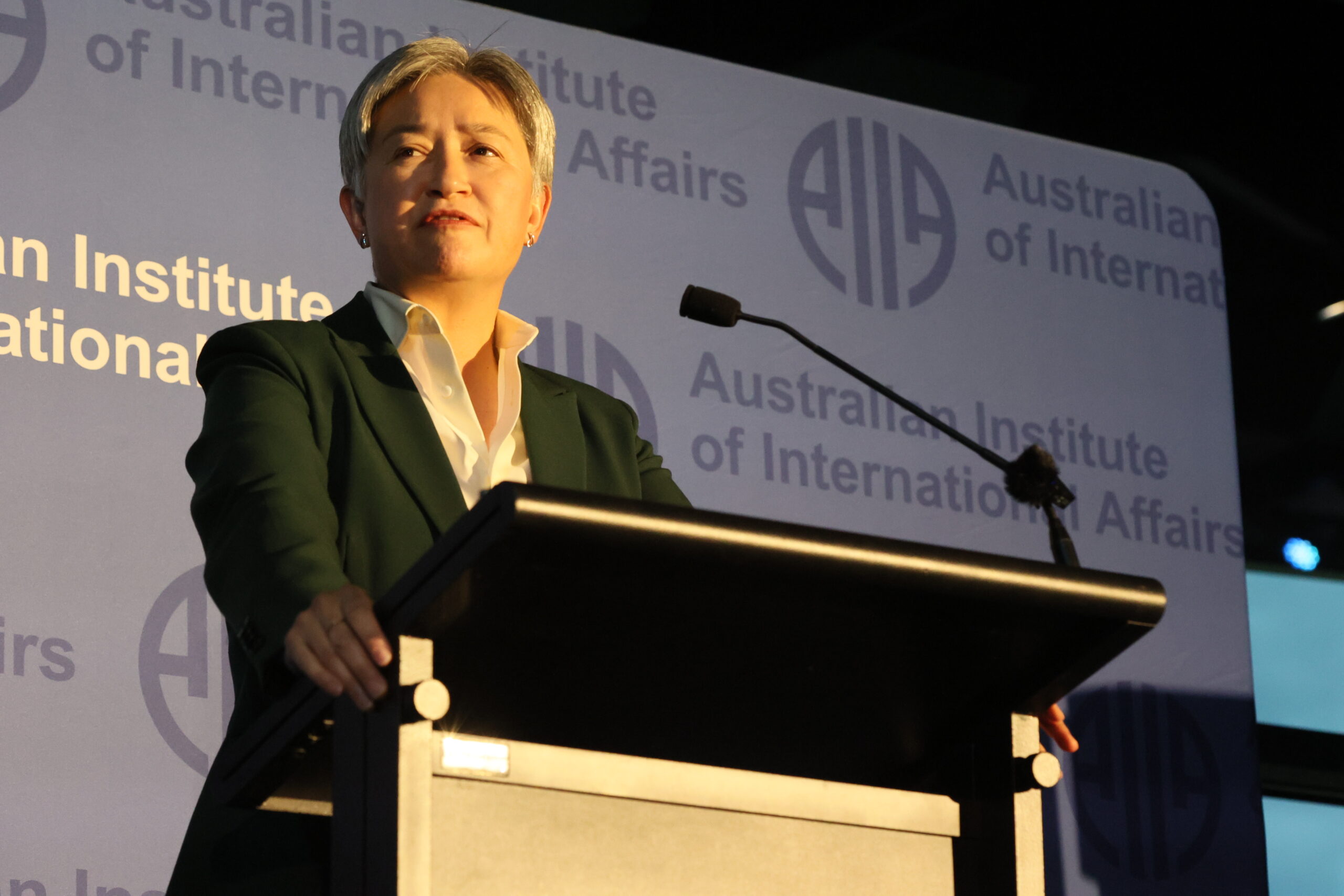As Europe faces its most serious security crisis in decades, Berlin is reshaping its military and political identity and actively embedding it in the European Union. Yet the pace and depth of Germany’s transformation remain in question.
Germany’s response to the rise of the so-called “Authoritarian International” has been most visible in the hardening of its conventional defence posture, with a strong focus on NATO’s eastern flank. The defence budget had begun to rise gradually after 2014, following Russia’s annexation of Crimea. Yet these incremental measures were not enough to significantly improve the Bundeswehr’s – German armed forces – deterrence capabilities, which still lacks critical components and strategic enablers.
Everything changed in late February 2022, when just days after Russia’s full-scale invasion of Ukraine, Chancellor Olaf Scholz declared that Europe was experiencing a Zeitenwende—a turning point in defence policy). In that context, he announced a special €100 billion fund (Sondervermögen) to rebuild the Armed Forces and restore territorial defence. For the Bundeswehr, this meant a profound transformation: for nearly three decades, its structure, training, and equipment had been geared toward overseas stabilization missions. At the European level, Germany also moved quickly. In August 2022 it launched the European Sky Shield Initiative (ESSI), conceived as an integrated air and missile defence system for the continent.
The most visible expression of this shift in security and defence policy is the deployment of a new German-led heavy brigade in Lithuania. For the first time in German army’s history, troops will be permanently stationed outside national territory—this carries significance, in a region once occupied by the Wehrmacht during the Second World War. In 2026, NATO’s current multinational Enhanced Forward Presence (eFP) in Lithuania will be integrated into this new Armored Brigade 45. While its deployment will strengthen the defence of the Baltic states—whose armed forces remain small—questions persist about NATO’s ability to supply the region through the Suwałki Corridor or via maritime routes under wartime conditions, given the proximity of Russia’s Kaliningrad fortress.
Since May, when Chancellor Friedrich Merz took the lead, the new federal governmenthas introduced a second special fund for the Armed Forces, committed to raising defence spending to 3.5 percent of GDP in the coming years (€83 billion in 2024), and reintroduced compulsory military service). Germany will thus once again field Europe’s largest conventional army and, in the event of conflict, serve as a logistical “pivot platform” for reinforcing the eastern flank. Close ties with Poland under Prime Minister Donald Tusk—anchored, among other mechanisms, in the Multinational Corps Northeast in Szczecin—provide a solid basis for this role. Berlin and Warsaw share a firm consensus on defence priorities, and Germany’s Zeitenwende complements Poland’s own rearmament, also focused on NATO’s eastern flank. Poland’s defence budget has risen from US$10 billion in 2014 to US$15 billion in 2022, reaching US$38 billion in 2024.
True to its foreign-policy tradition, Berlin has used its Zeitenwende to deepen European integration—pushing for a stronger EU defence posture and reaffirming Germany’s central role within NATO. American pressure and the demands of the war in Ukraine have driven European allies to commit to substantial defence spending increases—up to 3.5 percent of GDP for core defence, and an additional 1.5 percent for related civilian infrastructure.
This renaissance of NATO has coincided with another Zeitenwende—perhaps even more consequential—within Brussels itself. Since 2019, the self-styled “Geopolitical Commission,” led by Ursula von der Leyen, has strengthened the role of the European Defence Agency (EDA) in military planning, research, and development. It has also transformed the European Peace Facility (EPF) —originally an off-budget conflict-prevention tool— into a fund that enables arms purchases for Ukraine, given that EU treaties prohibit the use of the EU budget for military purposes. In October 2023, the Commission launched EDIRPA, a European act to bolster the defence industry through joint procurement of military equipment. In 2024, the EU appointed its first Commissioner for Defence, and in May 2025 introduced the Security Action for Europe (SAFE), a supranational financial instrument designed to accelerate member states’ defence preparedness. SAFE supports urgent and strategic investments in Europe’s defence industry, with particular attention to critical capabilities.This does not mark a militarization of the EU, but it does represent a major shift in its role as a defence actor. By allowing non-NATO partners to participate, the EU also seeks to strengthen ties with like-minded partners beyond the Euro-Atlantic sphere —especially in the technological domain— offering significant opportunities for Europe’s defence sector in the Indo-Pacific.
The war in Ukraine is testing NATO’s resolve. In Europe, the alliance has largely remained in peacetime mode since the end of the Cold War. Personnel levels have shrunk, military equipment readiness is limited, procurement processes are slow, and industrial defence production lags behind demand. The Bundeswehr’s condition became critical, hitting historic lows in 2017 as a direct result of political decisions taken in what was widely perceived as an irreversibly benign security environment. Although recent, forms have been deep and necessary, implementation has been slow — leading some observers to declare the Zeitenwende dead. Industrial capacity and recruitment remain constraints, though funding is no longer the bottleneck it was before 2022. Ultimately, Poland and the Baltic states are moving faster than Berlin in implementing their own Zeitenwenden.
Dr Christian E. Rieck is an Associate Professor of War Studies at the University of Potsdam and a Visiting Fellow at the Australian Institute of International Affairs in Canberra.
This article is published under a Creative Commons License and may be republished with attribution.





